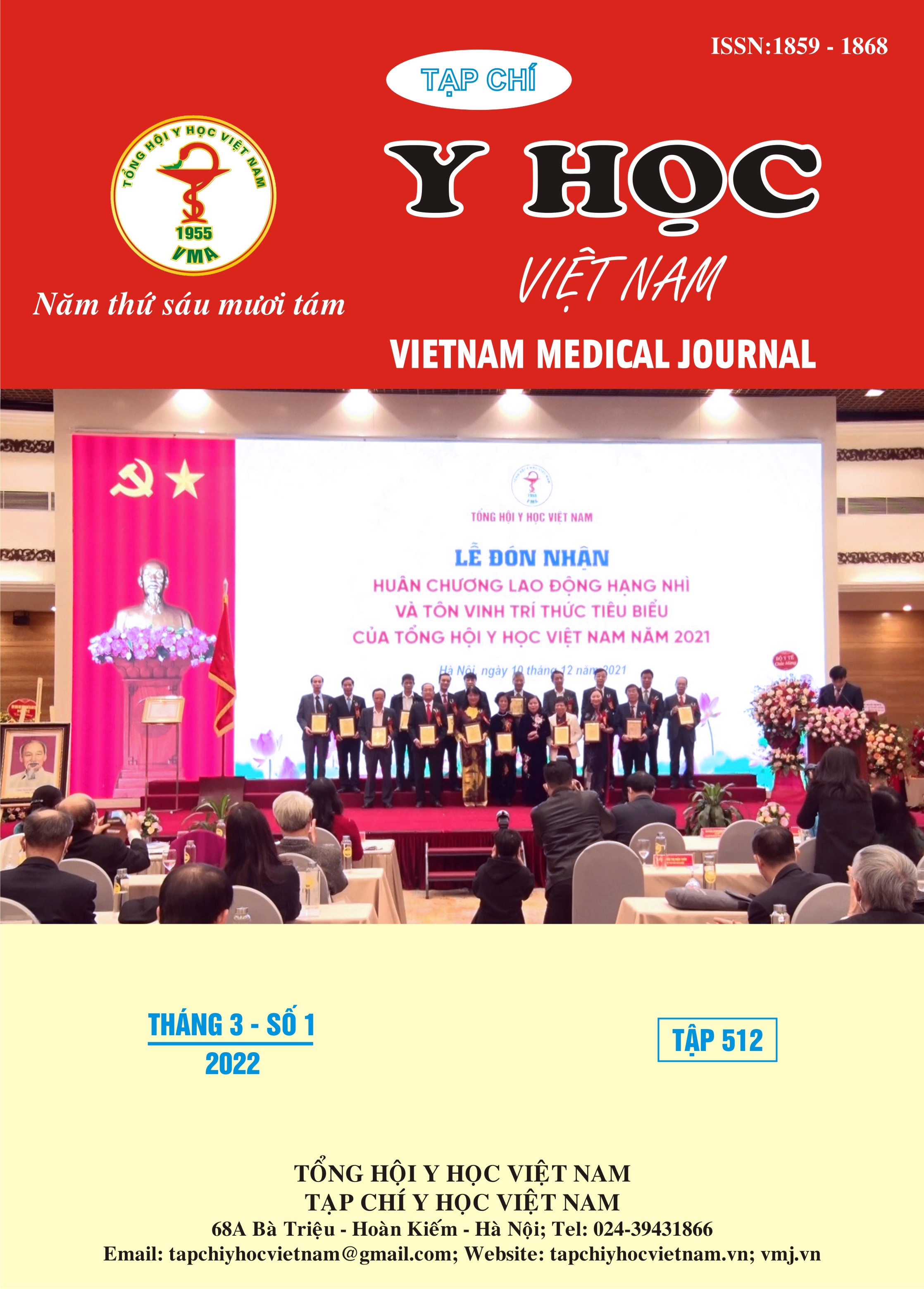RESEARCH OF RELATED FACTORS IN POSTPARTUM DEPRESSION
Main Article Content
Abstract
Objective: To learn about the characteristics of related factors in postpartum depression patients. Methods: Analysis of the characteristics of related factors in 31 postpartum depression patients treated at the Department of Psychiatry, 103 Military Hospital. Research results: Women under 25 years old, with no family supporting during pregnancy and postpartum are twice as likely to suffer from depression than women with family supporting and the age group over 25. Women in families with husband who prefer sons are more likely to suffer from postpartum depression than husband who don't care about sex. Pregnant women with a history of stillbirth (9.68%), preterm birth less than 37 weeks (22.58%) and they experienced physical/mental violence (35.48%) were at higher risk for postpartum depression than in normal conditions. Conclusion: Factors such as age group, family support, child's sex, maternity history, birth pattern and violence are closely related to postpartum depression.
Article Details
Keywords
Related factors, Postpartum depression
References
2. Carlson D.L. (2011), “Explaining the curvilinear relationship between age at first birth and depression among women”, Soc Sci Med; 72(4): 494-503.
3. Nguyễn Bích Thủy (2013), “Thực trạng và một số yếu tố liên quan đến trầm cảm ở phụ nữ sau sinh tại hai phường của quận Hà Đông-Hà Nội năm 2013”, Luận văn thạc sĩ, Trường Đại học Y tế công cộng.
4. Xie R., He G., Liu A., et al. (2007), “Fetal gender and postpartum depression in a cohort of Chinese women”, Soc Sci Med; 65(4): 680-684.
5. Bùi Quang Huy, Phùng Thanh Hải, Đinh Việt Hùng (2016), Rối loạn trầm cảm, Nhà xuất bản Y học, Hà Nội.
6. Upadhyay R.P., Chowdhury R., Aslyeh S. et al. (2017), “Postpartum depression in India: a systematic review and meta-analysis”, Bull World Health Organ; 95(10): 706-717.
7. Adewuya A.O., Ola B.A., Aloba O.O., et al. (2007), “Prevalence and correlates of depression in late pregnancy among Nigerian women”, Depress Anxiety; 24(1): 15-21.
8. Šebela A, Hanka J. and Mohr P. (2018), “Etiology, risk factors, and methods of postpartum depression prevention”, Ceska Gynekol; 83(6): 468-473.


